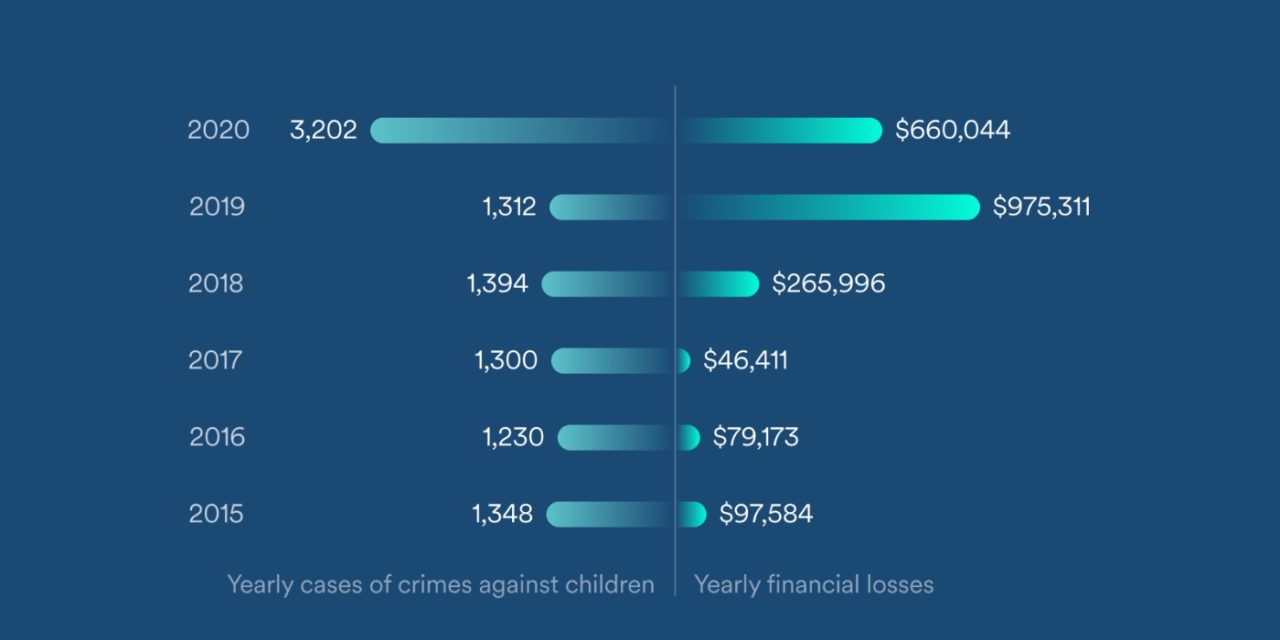According to cybersecurity company Surfshark, 6 out of 10 children ages 8–12 are exposed to cyber risks online. In addition, 1 in 2 children encounter cyberbullying, and close to one-third experiences other cyber threats such as phishing or hacking.
The study suggests that online safety education seems to play the most important role in children’s ability to cope with cyber risks. Interestingly, low and lower-middle-income countries have better online safety education than the rich ones.
“Through this study, we can see that the importance of educating children about cyberthreats plays a massive role in them knowing how to deal with any problems that may arise online,” says Aleksandr Valentij of Surfshark. “Every child is an individual. They all seek different things from their online experience, and they all handle danger differently. There is no one-size-fits-all approach to discussing online safety with your children. Instead, you must discover ways to converse with them and assist them in understanding what to do.”
He adds that the number of cybercrimes against children steadily grew each year by 5–9% but sharply spiked by 144% in 2020, after roughly 1 billion school children worldwide were relocated online for remote learning. In 2020 alone, yearly financial losses from cybercrimes against children reached US$ 660,000 (which is, thankfully, a year-over-year decrease of32%).
To put it in perspective, in the U.S. only, around 12 million children were exposed to cyber risks, 9 million were affected by cyberbullying, and 6 million experienced cyber threats in the past three years, according to Surfshare.
Nevertheless, the online risk exposure level, which shows how likely children can become targets of cybercrimes like phishing or confidence scams, is highest in Thailand, the Philippines, and Turkey. In contrast, Japan, Italy, and Spain are the countries where kids experience the lowest online risk exposure levels. Japan also has the 3rd best ability to cope with online risks, following Malaysia and India.
Naturally, children in nations with the lowest online presence are the least likely to be cyberbullied or fall victim to cyber dangers such as phishing or even hacking. However, online safety education plays one of the most important roles in children’s ability to cope with cyberbullying, phishing, and other cyberthreats.
High-income countries like Saudi Arabia and Uruguay have basically non-existent online safety education, scoring 6.5 and 2 out of 100. So it’s not surprising that children in Saudi Arabia and Uruguay are the least prepared to deal with online threats.
On the other hand, children in Asia-Pacific countries (India, Malaysia, Japan, Australia, and New Zealand) have the strongest online risk management skills. India has 30% stronger online safety education programs than the global average, while Malaysia, Australia, and New Zealand have even stronger online safety education programs than India.
Interestingly, low and lower-middle-income countries have better online safety education, while high and high-upper-middle-income countries have lower levels of education.
How to talk with children about online safety
Overall, with few exceptions, such as in Japan and South Korea (high scores in online risk management but low in online safety education), online safety education seems to play an essential role in children’s ability to cope with cyberbullying, phishing, and other cyberthreats.
As the vulnerability of children’s well-being online grows, Valentij shares six tips on how to talk about cybersecurity with your kids:
Educate young children. Use child-friendly educational sources like the interactive cartoons. Educate children to avoid sharing personal information, photos, and videos online.
Discuss internet safety. Focus on empowering children, not scaring them when it comes to using the internet. Make sure your child knows what is safe to do online and what is not.
Build trust. Let your child know that they can approach you with any questions or concerns. Create a trusting, respectful environment by encouraging children to tell a parent or trusted adult if they encounter a cyberthreat.
Use cybersecurity tools. Use the right tools to help keep them safe (e.g., antivirus, VPN, content blocker, ad blocker, etc.). Help your child to run regular scans together with firewalls and email filters to further decrease the risks, such as ransomware.
Change passwords. If the password for your child’s email or gaming platform gets leaked, help your child change it immediately. Even better to use password managers to generate new passwords and avoid using weak ones.
Set up internet rules. Adjust privacy settings and use parental controls for online games, apps, social media sites, and other websites. Keep your computer in an open area and consider setting time limits on all devices.
Article provided with permission from AppleWorld.Today



